Writing Teaching Resources
Teaching writing strategies and the writing process this school year? Explore a comprehensive collection of teacher resources for primary English teachers — all created by teachers!
Stocked with graphic organisers, writing prompts, templates, worksheets and so much more, this collection of printable and digital activities is designed to help you as you help your students become more effective communicators and unleash their creativity and imagination.
Save time on lesson planning with resources that are aligned with the Australian curriculum (including version 9!) and have been through a careful review process by an expert member of our teacher team to ensure they're ready for your classroom and your students!
Are you looking for tips and tricks to add to your teacher toolkit this school year? Read on for a primer from our teacher team, including engaging activities for teaching writing inprimary school and a look at some of the different writing strategies your students will need to learn.
11 Writing Strategies Kids Should Know by the End of Primary School
We can't talk about teaching kids to write without talking about the different writing strategies that can help them do just that!
When it comes to teaching our students to become confident writers who articulate their ideas effectively, here are some of the strategies our teacher team prioritises:
1. Brainstorming
Brainstorming is something we often do in the classroom, and it's a crucial part of learning to generate the ideas that will drive students' writing as they progress through their educational journey. Kids should know how to create a list of potential topics or points related to a particular writing assignment.
With younger students, this is often done as a whole group by writing ideas and points on chart paper. In upper years, students transition over to using text-based materials to generate ideas and talking points.
2. Outlining
Before diving directly into any assignment, our students should be able to create a structured framework or outline. Teaching students how to create this outline will help them organise their thoughts and arguments for penning their essays, reports and research papers.

3. Using Graphic Organisers
Technically graphic organisers are classroom tools, so you may not think of their use as a writing strategy per se. However, learning to use these tools is another means of providing kids with the tools they need to organize their ideas and information before they sit down to write.
These organisers are particularly useful for expository writing — students can use them to outline main ideas, supporting details, and transitions.
Students can also take advantage of story maps when they are working on narrative writing to plot the key elements of a story, such as characters, setting, conflict, rising action, climax and resolution.
Graphic organisers such as the OREO strategy and hamburger paragraph are also great tools for students to use when working with opinion and persuasive texts.
4. Freewriting
Writer's block is the enemy of creativity, and it can easily frustrate young students who don't know where to begin.
When students freewrite, they write continuously without worrying about grammar or punctuation. This writing strategy can be extremely freeing — hence the name! — and helps frustrated writers move past that writer's block, generating fresh ideas.

5. Peer Editing
Learning to review and provide constructive feedback on each other's work is a great writing strategy to employ in your classroom to help students improve their writing quality and enhance their editing skills.
The strategy allows your students to learn from one another, and it arms them with an important tool they can use well into the future — calling on peers to provide a critical eye to a piece of writing.
6. Using Sensory Language
Working on descriptive writing? With this writing strategy, students engage the reader's senses through vivid and sensory language to create a more immersive experience.
7. Including Transitions and Connectives
As students become more proficient in the writing process, learning to use transitional words and phrases allows them to create smooth transitions between sentences and paragraphs. This strategy makes their writing more coherent and polished.
8. Incorporating Evidence
In persuasive, opinion and expository writing, students are taught to support their claims with evidence and examples to strengthen their arguments.
It takes some practice to train your students to use evidence in their writing, so it's often a good idea to start with something simple, like the R.A.C.E.S. strategy.
9. Crafting a Thesis Statement
In expository, opinion and persuasive writing, crafting clear and concise thesis statements that summarise the main point or argument of their essay helps students be more focused and organised in their writing.
This strategy can also have the effect of empowering students to express their ideas confidently and persuasively.
10. Incorporating Introductions and Conclusions
With this strategy, students practice crafting effective introductions and conclusions that grab the reader's attention and leave a lasting impression.
11. Following a Revision Checklist
Teaching your students to use a revision checklist is a strategy that will help them be more self-reflective, evaluating their own writing against the checklist criteria and becoming more aware of their strengths and weaknesses.

- Plus Plan
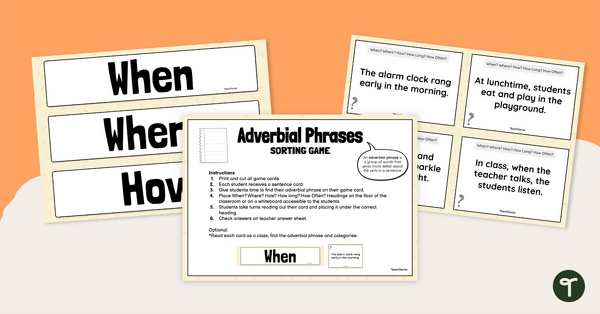
Adverbial Phrases Category Sorting Game
Use this fun adverbs game in your literacy lesson or small groups to help students grasp the concept of adverb groups!
- Plus Plan
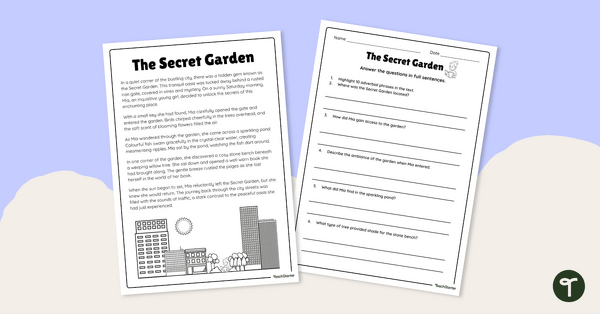
Adverbial Phrases Comprehension Task: The Secret Garden
Help your students identify adverb groups in descriptive writing with this comprehension worksheet.
- Plus Plan
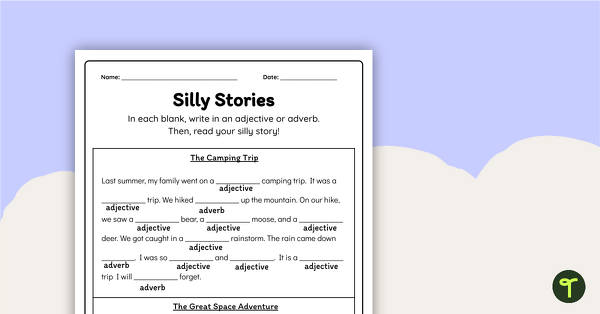
Adjectives and Adverbs Worksheets (Silly Stories)
Have fun with your students creating silly stories together while teaching and learning about parts of speech (adverbs and adjectives)!
- Plus Plan
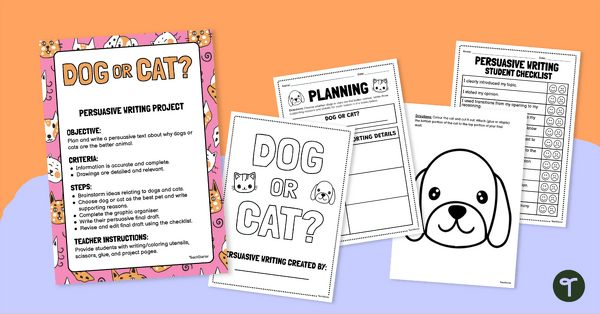
Dog or Cat? Persuasive Writing Project
Help students plan out persuasive writing with this very common argument, which is best dogs or cats?
- Free Plan
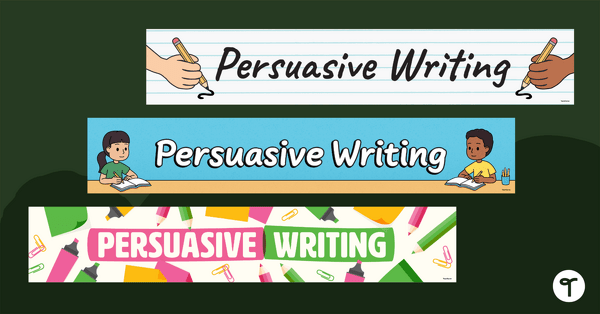
Free Persuasive Writing Display Banners
Create a fun persuasive writing classroom display with these fun looking display banners.
- Plus Plan
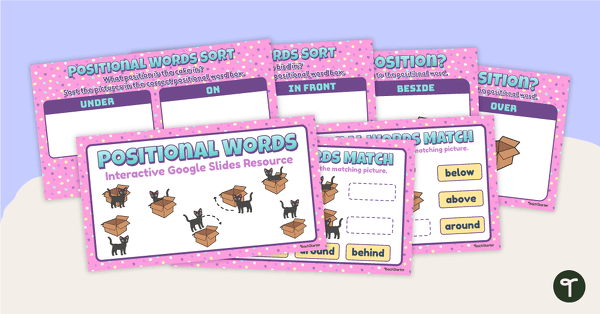
Positional Words Interactive Activity
Practice using position words (prepositions) with this Google Slides interactive activity.
- Plus Plan
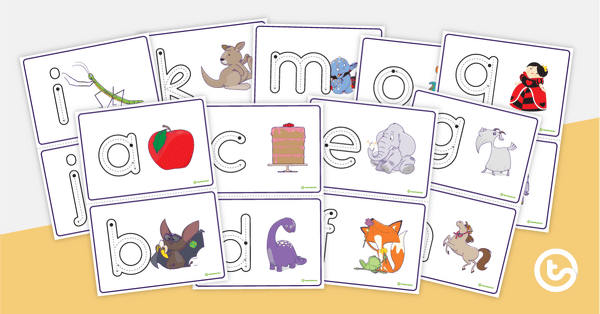
Lowercase Letter Formation Task Cards
Teach the basic formation of lowercase letters with this set of task cards.
- Plus Plan
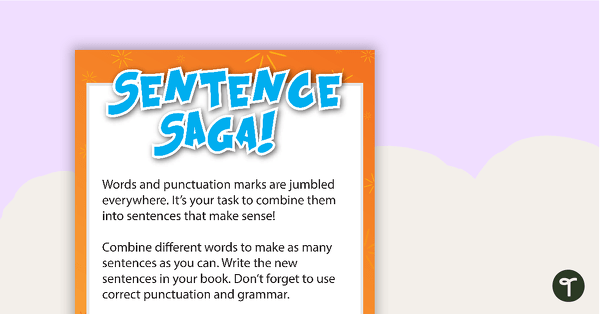
Sentence Saga Literacy Activity (Silly Sentences)
Words and punctuation marks are jumbled everywhere. It’s your task to combine them into sentences that make sense!
- Plus Plan
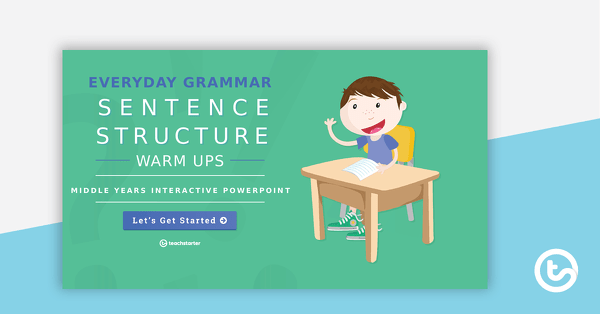
Everyday Grammar Sentence Structure Warm Ups - Middle Years Interactive PowerPoint
An engaging 44 slide interactive PowerPoint to use in the middle years classroom when learning about grammar and sentence structure.
- Plus Plan
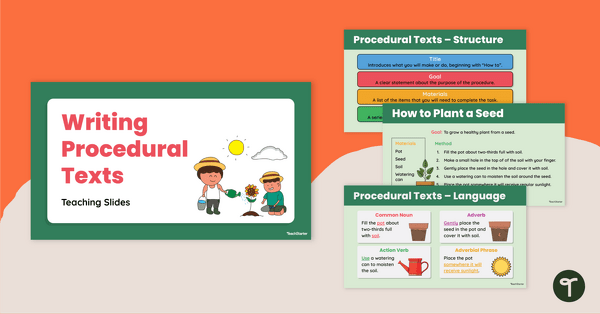
Writing Procedural Texts Teaching Slides
Use this procedural writing PowerPoint to teach your students about the purpose, structural elements and language features of procedure texts.
- Plus Plan
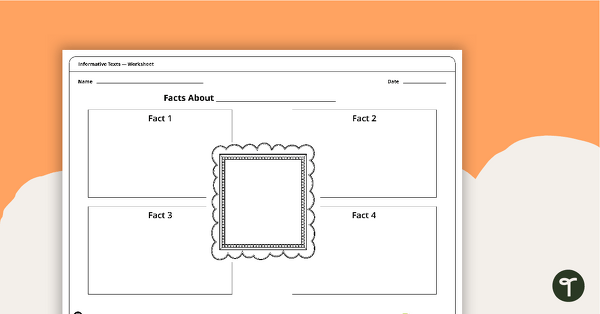
Build a Fact File Worksheet
Use this fact file template as a research tool when teaching factual writing to your students.
- Plus Plan
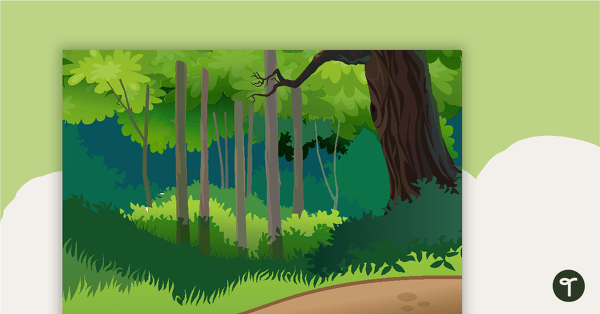
Fairy Tales Settings Posters
A set of 6 fairytale story settings background posters.
- Plus Plan
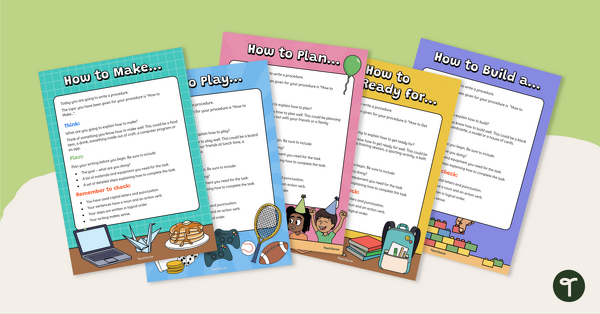
5 Procedural Writing Prompts
Use this set of 5 procedural writing prompts to assess your students’ procedural writing skills.
- Plus Plan
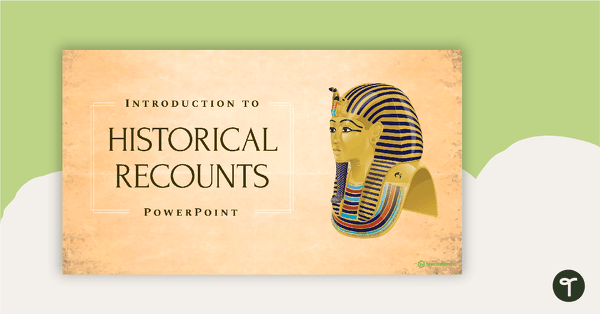
Introduction to Historical Recounts PowerPoint
A 17 slide editable PowerPoint template to use when teaching older students about the structure and language features of historical recounts.
- Plus Plan
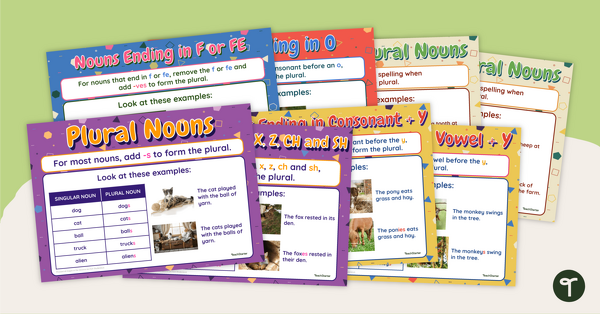
Plural Rules Poster Pack
Make plural rules a breeze to understand with plural noun posters.
- Plus Plan
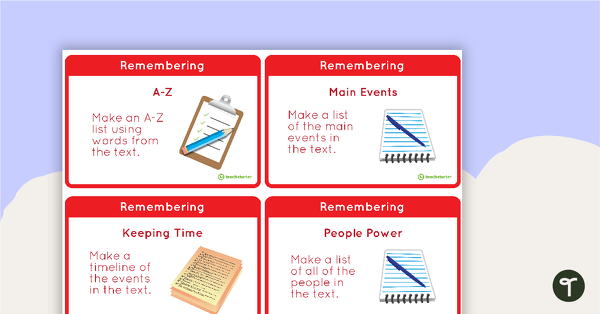
Bloom's Taxonomy Fast Finisher Task Cards - Upper Years
44 Bloom's Taxonomy fast finisher activity cards.
- Plus Plan
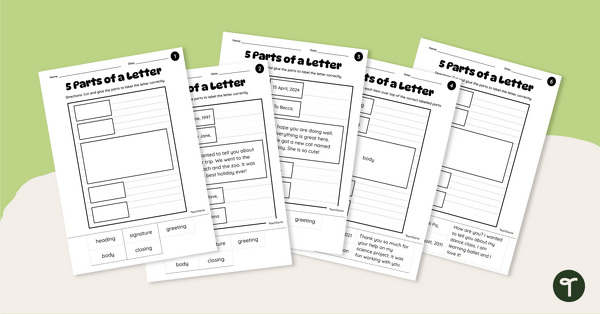
5 Parts of a Letter Cut and Paste Worksheets
Teach the 5 parts of a letter with this set of hands-on cut-and-paste worksheets that make learning letter writing interactive and fun.
- Plus Plan
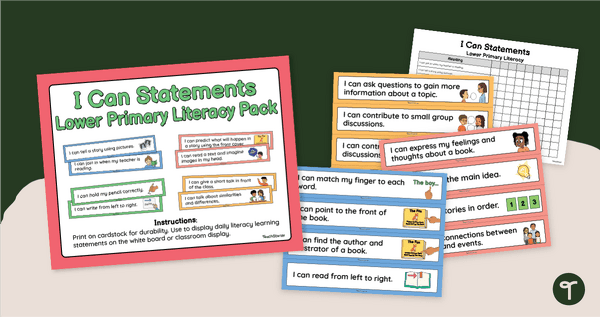
'I Can' Statement Cards - Lower Primary Literacy
Highlight your classroom learning targets with printable 'I Can' Statements for lower primary students.
- Plus Plan
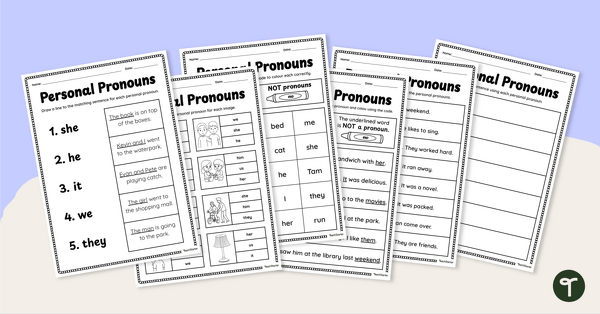
Personal Pronouns Worksheet Pack
Use these personal pronouns worksheets to get your students identifying and using these essential parts of speech.
- Plus Plan
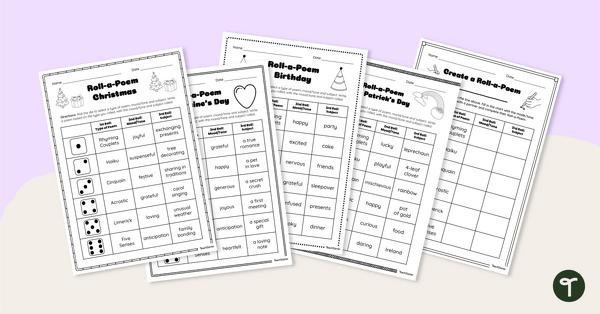
Roll-a-Poem Dice Game
Get your students to write fun event-themed poems with this engaging 'Roll-a-Poem' dice game.
- Plus Plan
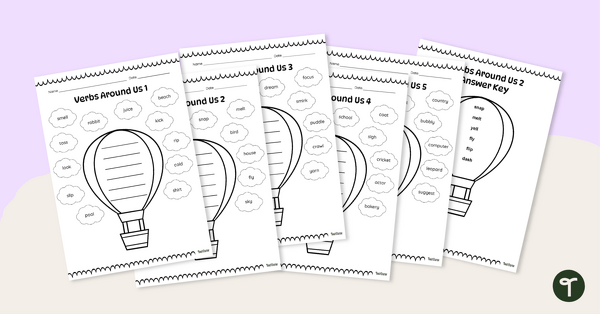
Verbs Around Us Worksheet Pack
Practise identifying verbs in a collection of words with this set of five verb worksheets.
- Plus Plan
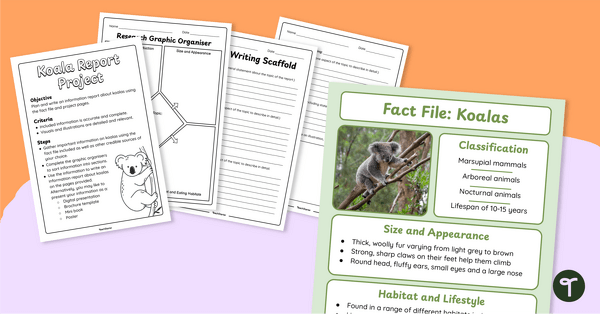
Koala Information Report – Writing Project
Get your students writing a koala information report using this age-appropriate fact file and writing scaffold.
- Plus Plan
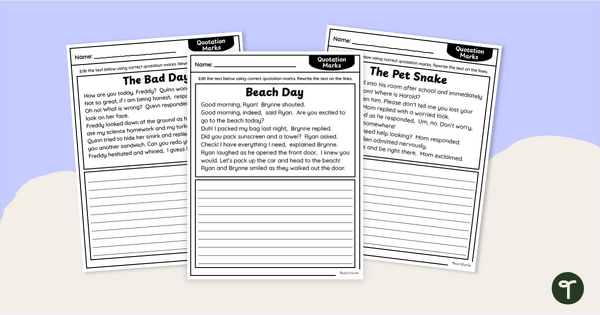
Paragraph Editing - Quotation Marks Worksheets
Practise using quotation marks to signify dialogue in text with a set of printable Paragraph Editing Worksheets.
- Plus Plan
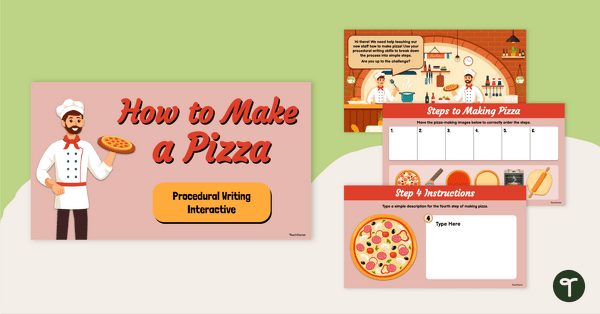
How to Make a Pizza Interactive Activity
Use this “How to Make a Pizza” procedural writing interactive activity to model the purpose, structural elements and language features of procedure texts.
- Plus Plan
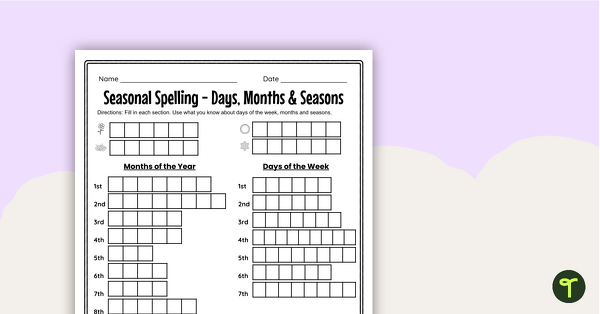
Seasons, Days, & Months of the Year Spelling Worksheet
Spell the days of the week, months of the year, and the four seasons with a printable Spelling Homework sheet.
- Plus Plan
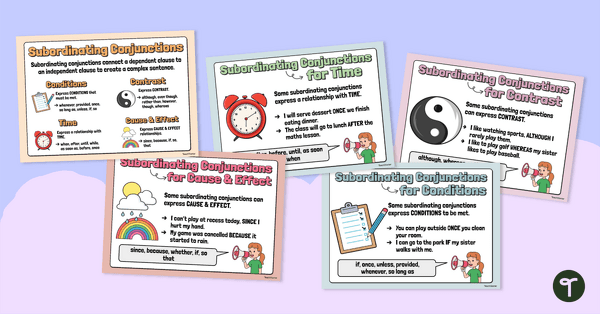
Subordinating Conjunctions Posters
Display this colourful and informative subordinating conjunctions poster set to remind your students of the functions and types of subordinating conjunctions!
- Free Plan
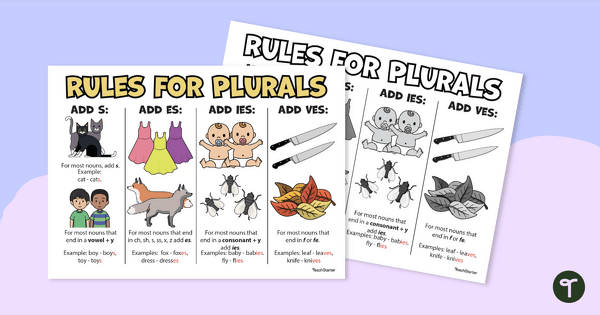
Plural Nouns Chart — Printable Plural Rules Guide
Help students remember the different plural rules with a handy printable guide created for teachers to hand out.
- Free Plan
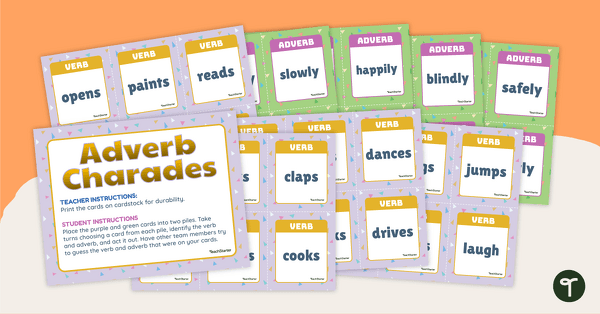
Adverbs Activity : Grammar Charades
Have some fun and build grammar skills with an adverb charades activity.
- Free Plan
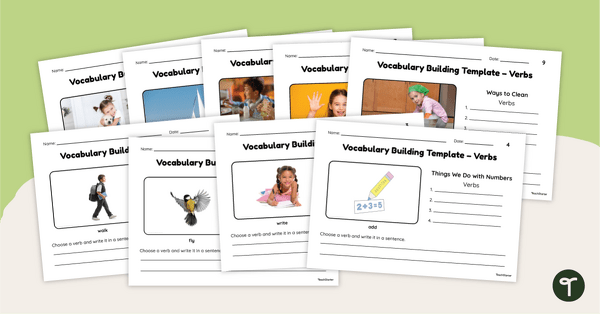
Vocabulary Building Template – Verbs
Expand verb vocabulary with this open-ended task.
- Plus Plan
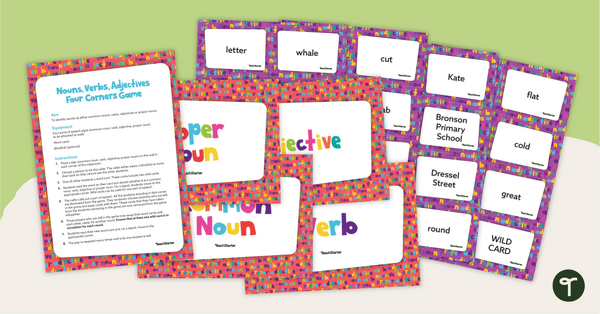
Nouns, Verbs, Adjectives – Four Corners Game
Identify common and proper nouns, verbs and adjectives through this elimination-style types of words active game.
- Plus Plan
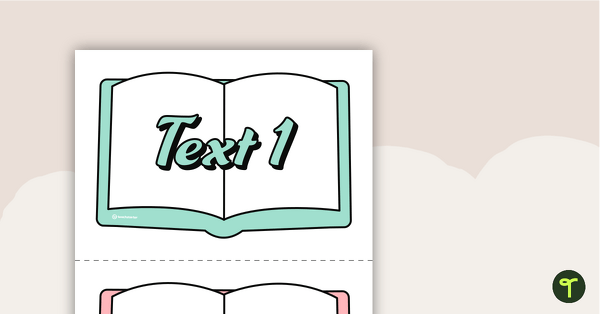
Narrative Writing Bump It Up Wall – Year 4
A visual display for your classroom to help students ‘bump up’ their narrative writing.
- Plus Plan
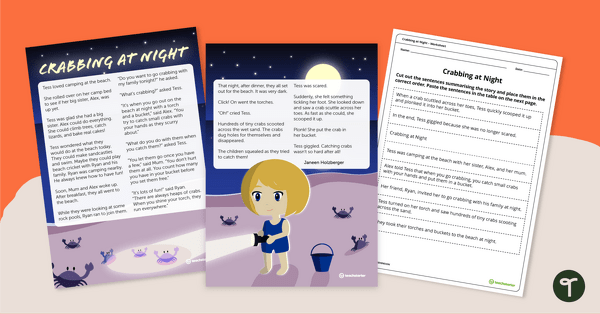
Crabbing at Night - Sequencing Worksheet
Identify the story beginning, series of events and ending with this narrative text sequencing activity.
- Writing Worksheets
- Writing Templates
- Writing Games
- Writing Posters
- Writing Teaching Presentations
- Writing Labels, Signs & Decorations
- Writing Word Walls
- Writing Projects
- Writing for Preschool/Kindergarten
- Writing for Foundation Year
- Writing for Year 1
- Writing for Year 2
- Writing for Year 3
- Writing for Year 4
- Writing for Year 5
- Writing for Year 6
- Writing for Year 7